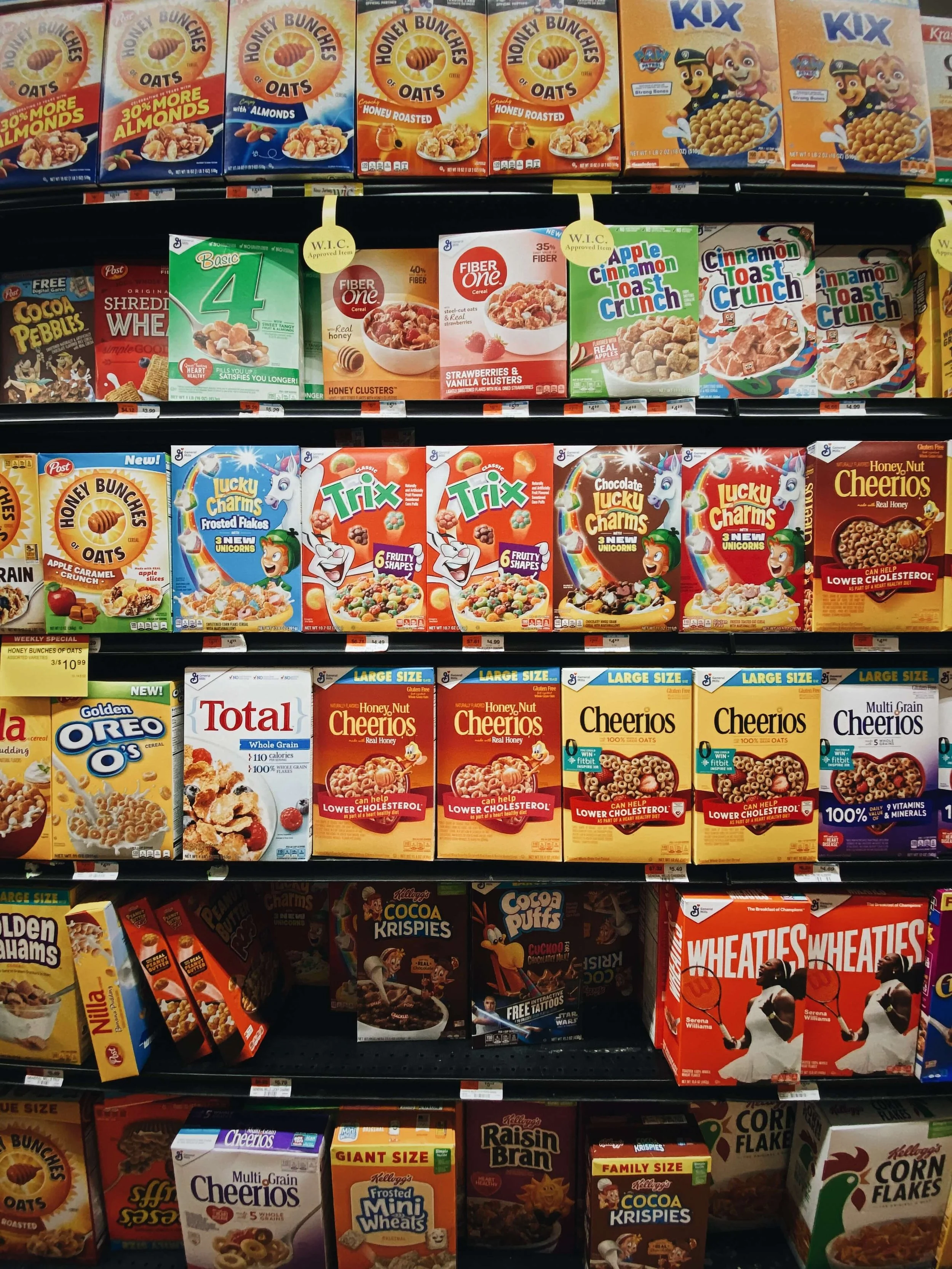Breakfast Cereals Debunked
There’s nothing like a sweet bowl of cold cereal to help kickstart the morning… Or is there?
Cold breakfast cereals have and will always be a great breakfast option as they are quick to prepare, made with grains, sometimes contain dried fruit & nuts in them, and if eaten with milk or yogurt, can be a way to get some calcium and vitamins into your day to help build strong bones. While certain store-bought cereals may seem like interesting breakfast options at first glance, they may not always meet the registered dietitian’s stamp of approval.
Read along to find out more about what can make or break a nutritious cereal option.
1. Sugar
One of the very first things you should look out for when choosing a breakfast cereal is the sugar content. It’s everywhere, and let’s face it…we’re aiming for a nutritious breakfast, not a dessert. Choose a breakfast cereal that contains less than 15g of sugar per portion.
Looking to sweeten things up? Try pairing your cereal with fruit, your choice of milk or yogurt, and a dash of honey.
2. Fibre
While high-sugar breakfast cereal options may give you a burst of energy at first, they likely won’t keep you satiated for long as they are also quite low in fibre. Fibre is a non-digestible carbohydrate that helps to keep you full for longer and to regulate your blood glucose. It’s also great for your digestive system!
When browsing the cereal aisle, choose brands with lots of fibre in them — aim for a cereal with at least 3-6g of fibre per portion.
Need a hint? Look for cereals made with whole grains, nuts, seeds or dried fruit, such as muesli.
3. Sodium
You may not feel prompted to look at sodium levels in breakfast cereals at the very first thought. While they may not taste salty, a lot of cereal products out there can be rich in sodium! Over time, a high daily consumption of sodium can raise our blood pressure, a leading factor for heart disease.
That being the case, aim for more naturally-made cereals with less than 240mg of sodium per serving.
4. Portion size
Sometimes, a bowl of cereal can turn into two bowls, or three… We’ve all been there. Since cereals are so easy to eat, it can feel tempting to pour oneself multiple servings. Serving sizes can vary between cereal brands — so if you double your portion, you’ll also be doubling the amount of sugar and sodium consumed.
Instead, try pairing your cereal with other whole foods, like fruit, yogurt or a boiled egg.
Some cereals are grrrrreat! But many are just frosted deceptions.
While most store-bought cold cereals don’t always have the best nutritional profile, it doesn’t hurt to look for yourself! The next time you’re out looking for breakfast cereals, try:
Comparing nutrition labels and ingredient lists — Trust your ability to make careful food choices!
Looking beyond eye level — Some great cereal options may not always be the most popular.
Trying different breakfast options — Some breakfast options can be healthy and easy! Try oatmeal, make-ahead muffins or toasts paired with fruit!
Pour la version française, cliquez ici.
What’s your favourite go-to breakfast?
Source(s):

